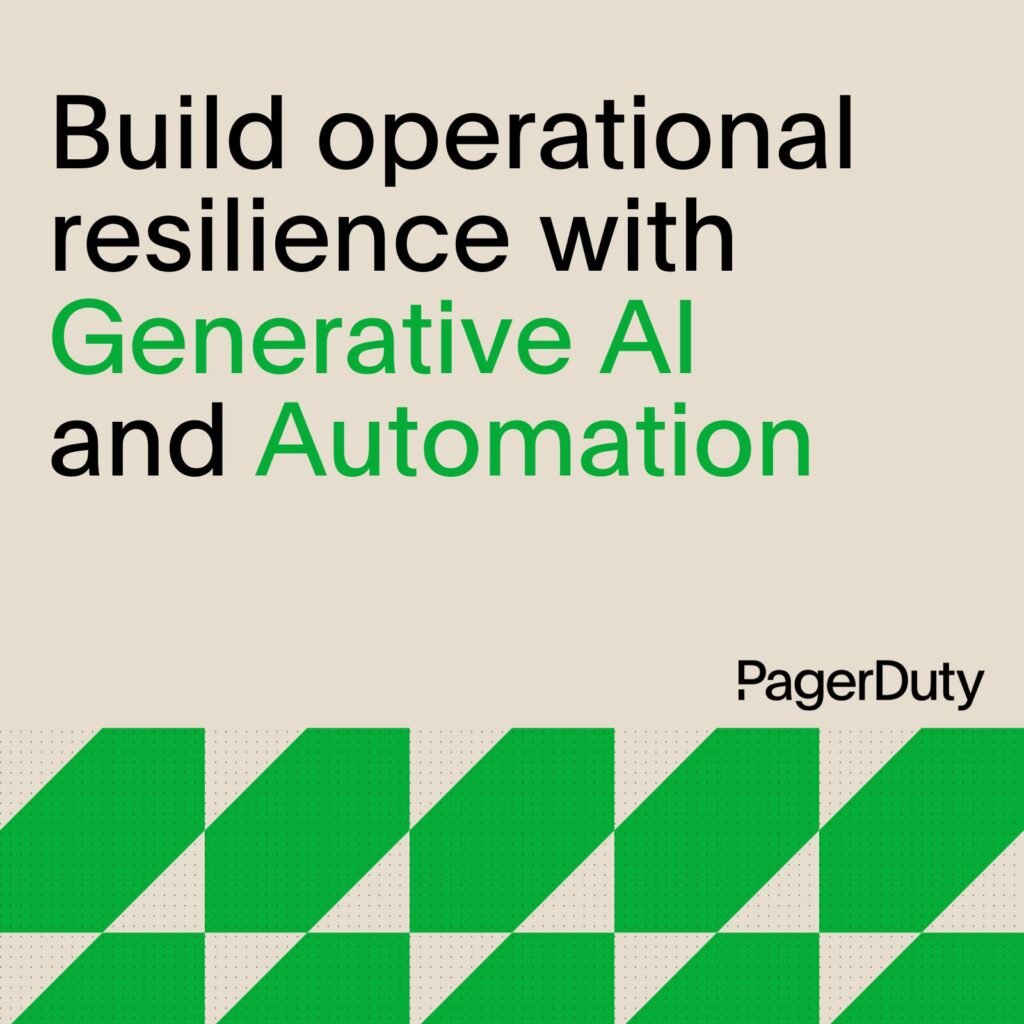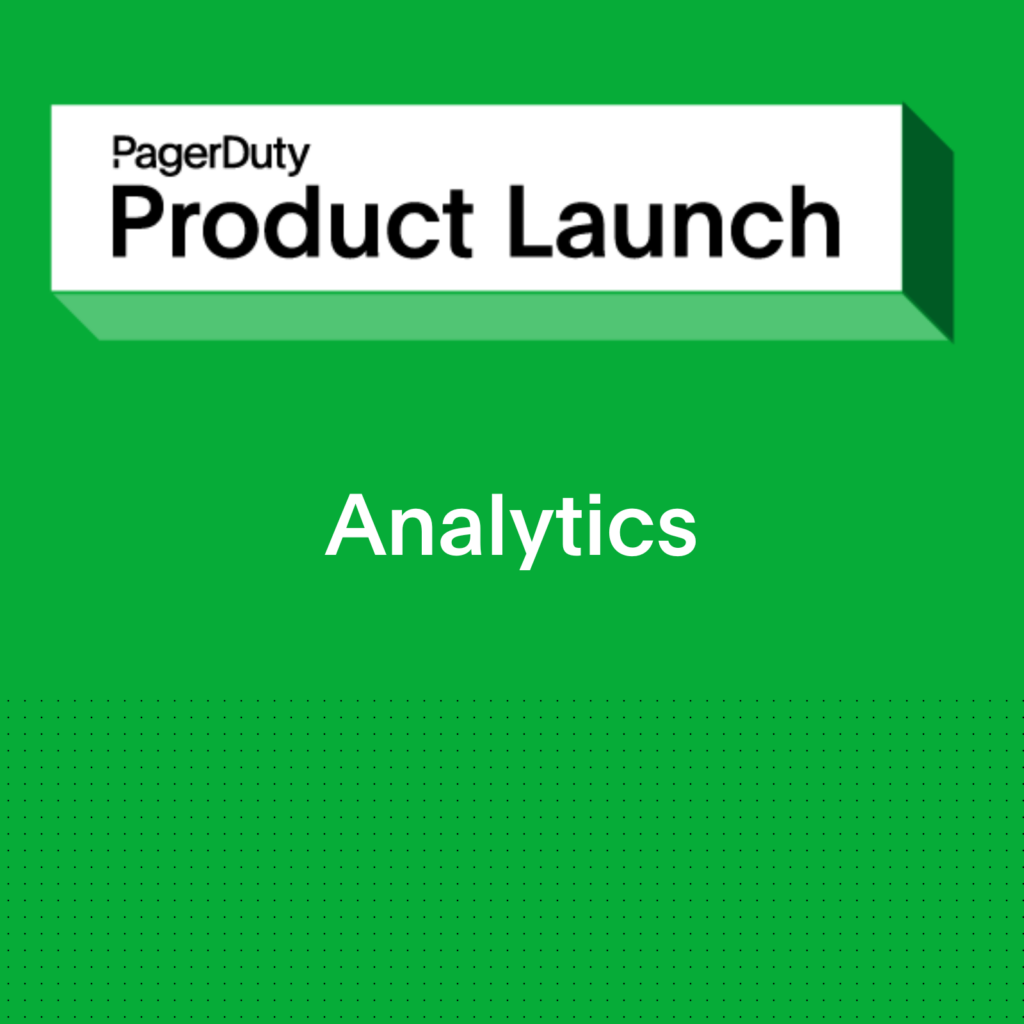Announcing PagerDuty’s Solution for HybridOps
What Is HybridOps?
For years, traditional infrastructure provisioning and management followed a specific operating model that depended on Network Operations Centers (NOCs) to process operational events. As enterprise companies started to undergo digital transformation, the cloud created a different operating model: One that was much more agile and, some would argue, more efficient—and would replace all other operating models to create IT homogeneity.
This hope, however, was unrealistic—particularly when you take into account how IT works in most large enterprises. Ever-changing customer demands and a combination of cloud technologies, legacy on-premises solutions, and microservices mean that today, no “single” IT department exists. Instead, business needs have led to a proliferation of operating models, which we at PagerDuty call hybrid operations, or HybridOps.
HybridOps is an operating model that consists of many people and teams doing a variety of different functions, with the main goal of keeping up with the speed of business. At its core, HybridOps is the ability to orchestrate intelligent, real-time response across distributed teams—including NOCs, DevOps, security, and customer support—that span different operating models. It uses data, analytics, and automation to break down silos and empower teams to focus on delivery at the speed of business.

HybridOps already exists today at most large organizations, whether they know it or not. To create greater alignment with the business and happier customers and teams, these organizations should embrace HybridOps by letting teams choose the way they want to work, with the autonomy to use the tools they’re comfortable with, while holding them accountable to business-impacting outcomes rather than output-oriented metrics.
Embracing HybridOps at Your Organization
To successfully and effectively orchestrate people and teams, modern enterprises must provide visibility across complex and far-reaching technology stacks, and balance that with investments in both centralized operations teams and DevOps culture and agility. So how can you achieve that at your organization?
After more than 10 years of working with sector leaders undergoing digital transformation, PagerDuty combed through both quantitative and qualitative data and found that high-performing HybridOps organizations share the following characteristics:
- Seamless communication among multiple teams and the use of automation like machine learning to orchestrate sophisticated incident response
- Using data platforms that encourage information sharing and continuous improvement
- A culture that promotes trust among teams with different operating models
PagerDuty for HybridOps
A platform like PagerDuty can act as the hub for real-time operations at the center of enterprise HybridOps operating models, which helps break down silos between ITOps, DevOps, and other teams using bi-directional integrations and easy-to-deploy machine learning capabilities. It can also provide insights into the health of critical business services—insights that keep operations running by enabling teams and people across the organization to effectively orchestrate a response to quickly resolve issues so they can spend more time focusing on enhancing the customer experience.
Additionally, PagerDuty can help connect disparate teams by allowing technical and business leaders and other stakeholders to use the tools of their choice to access real-time insights into incidents and how they impact the business. For example, the newest version of the ServiceNow integration enables multiple ITSM and NOC teams to coordinate a real-time response without leaving the ServiceNow interface, while the Slack integration allows DevOps teams to drive complex actions from within a ChatOps interface.
With the right platform in place to facilitate HybridOps, teams—regardless of the operating models they use—can focus on resolving incidents as quickly as possible and keep up with speed of business.
Interested in learning more? Check out our HybridOps white paper for best practices and tips on how you can work effectively with HybridOps in your organization.


